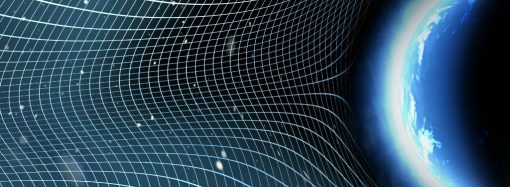The US military wants force fields that could stop nuclear missiles0
- From Around the Web, Science & Technology
- July 30, 2021
Force fields are the stuff of science fiction, but directed energy systems to fry drones, or stop people, already exist. Here’s what’s real about the tech—and what’s more fantastical.
















